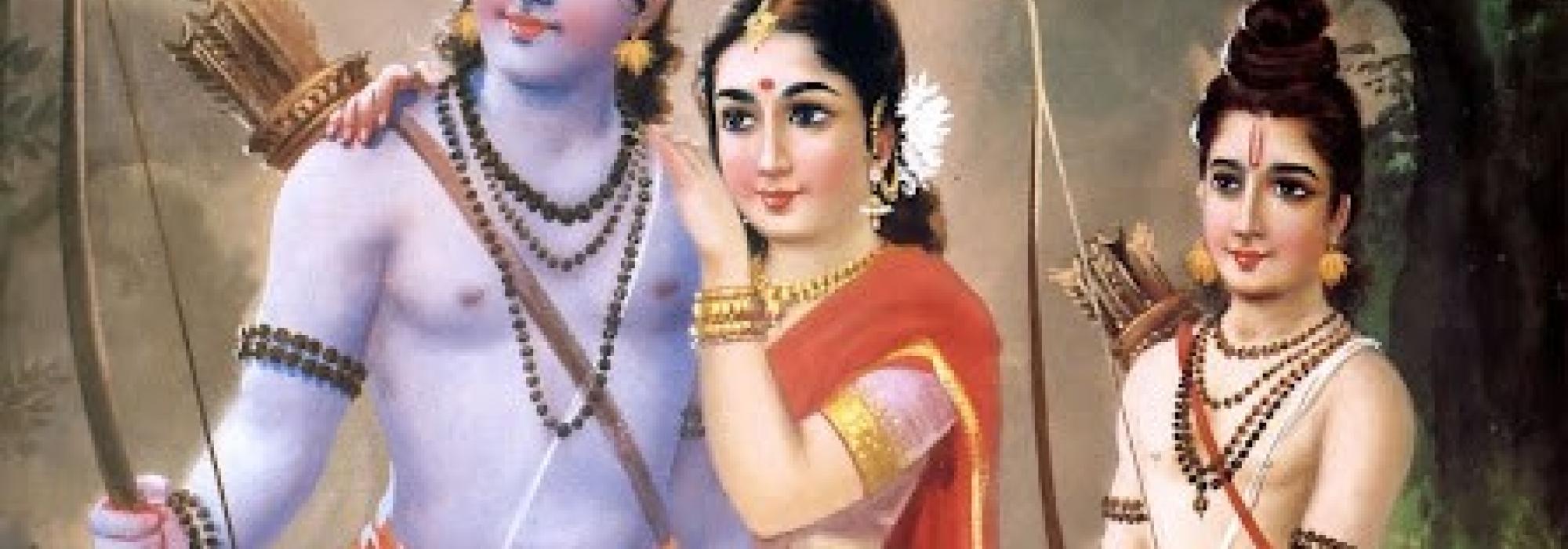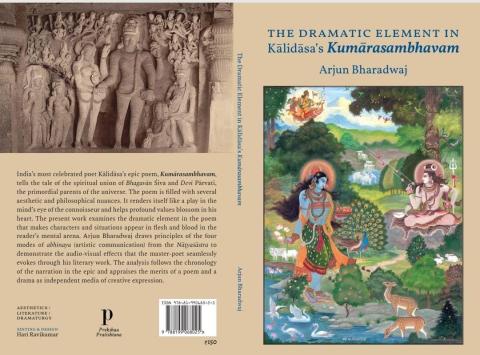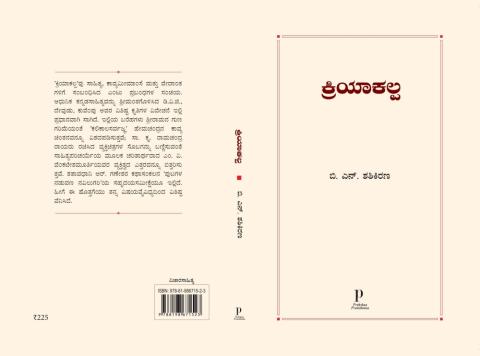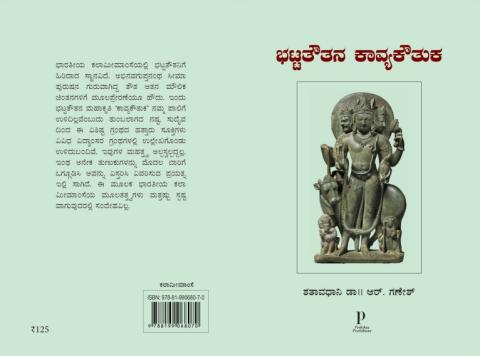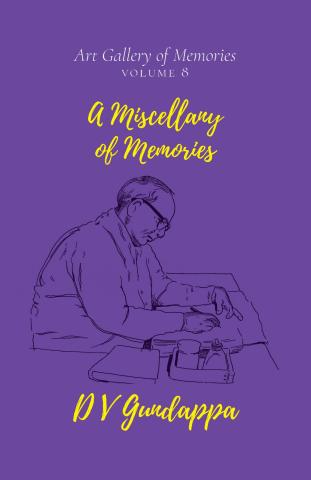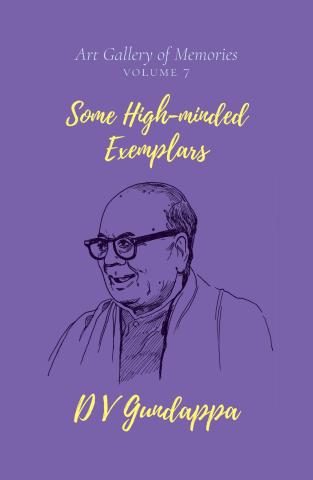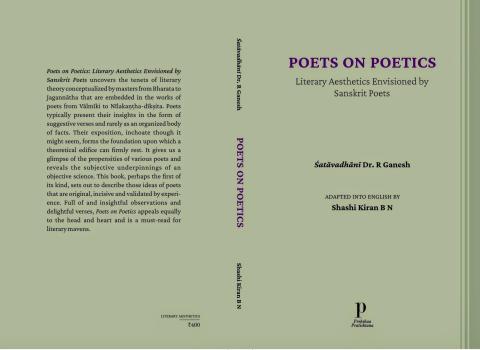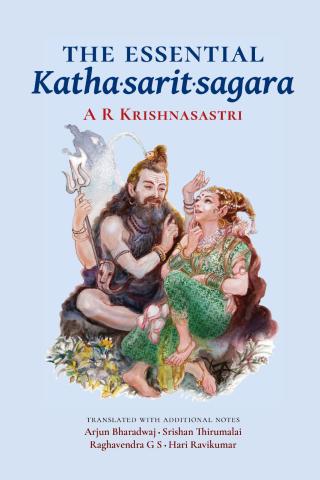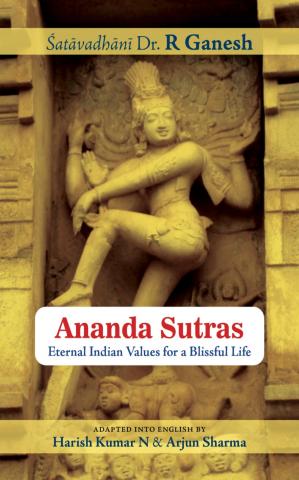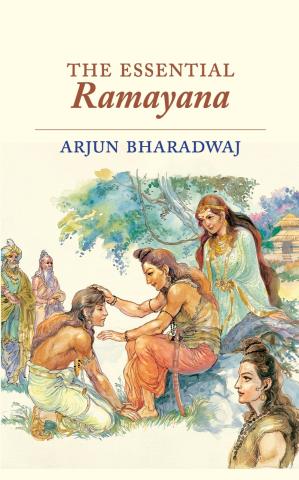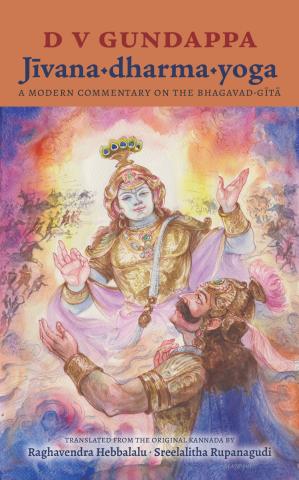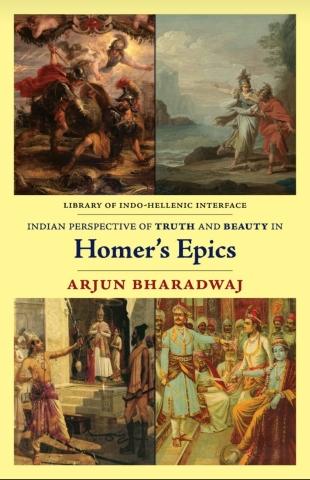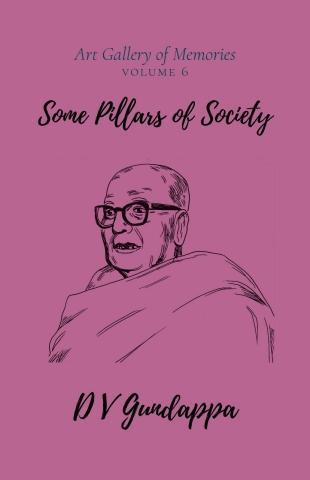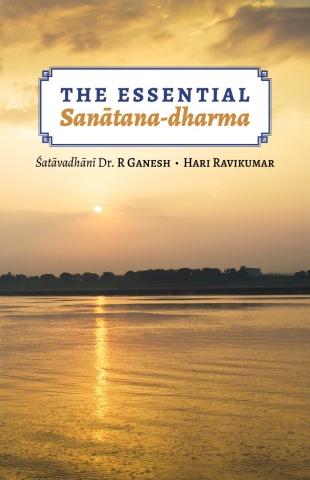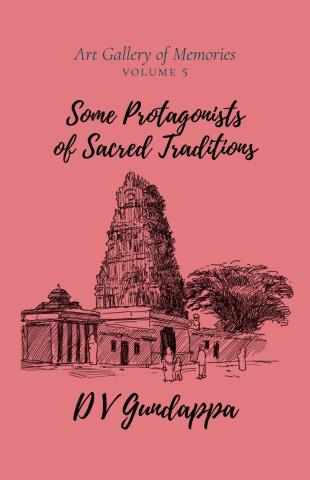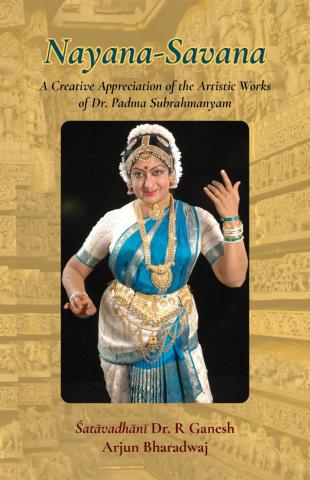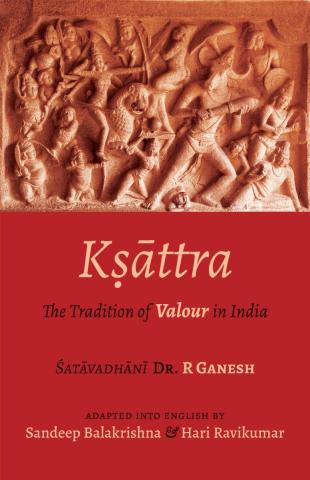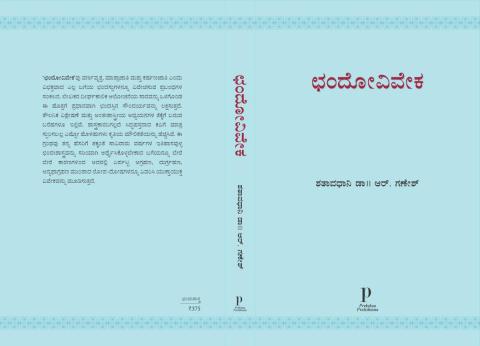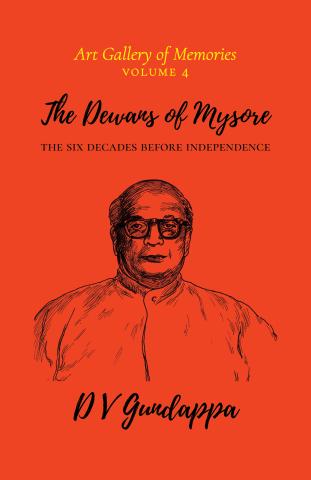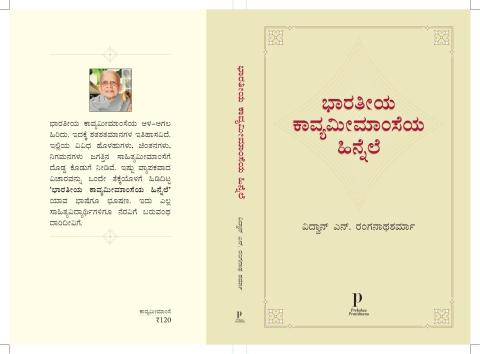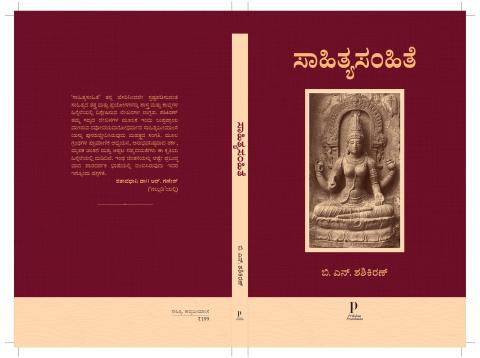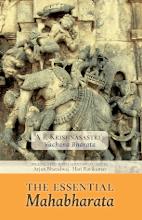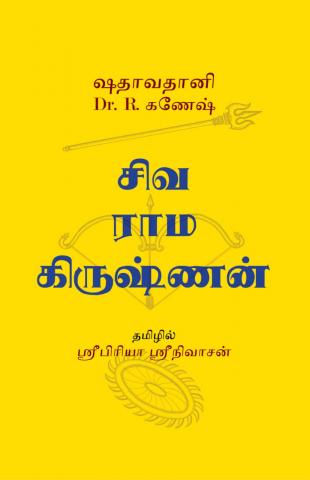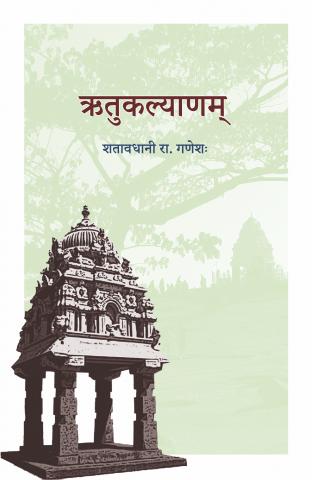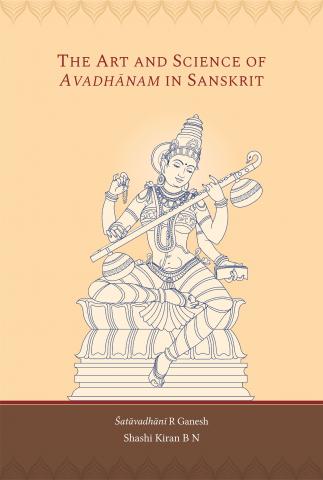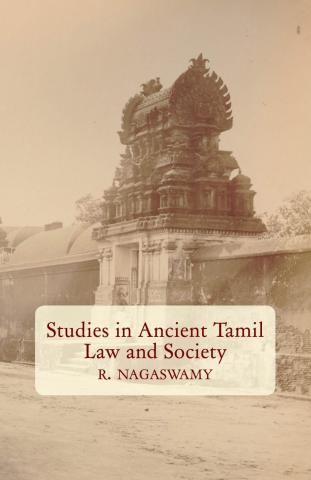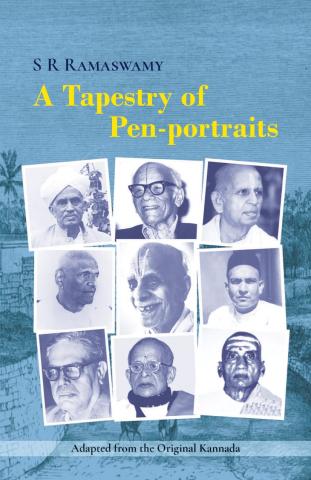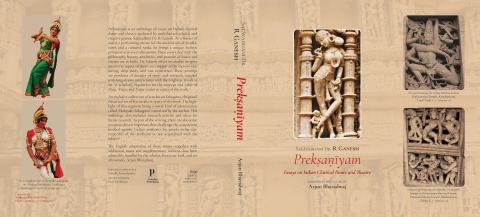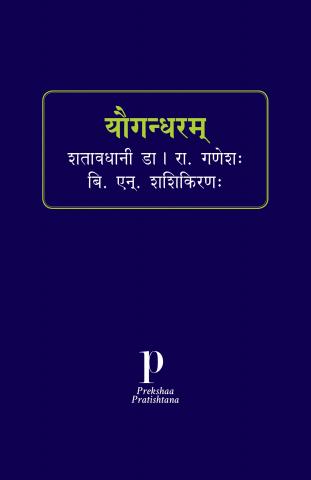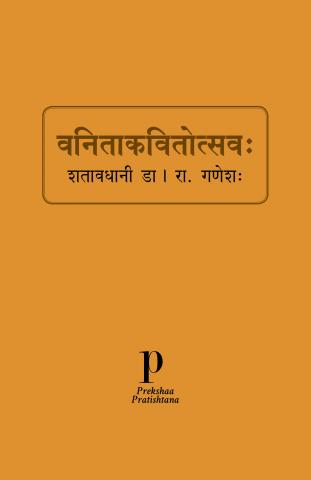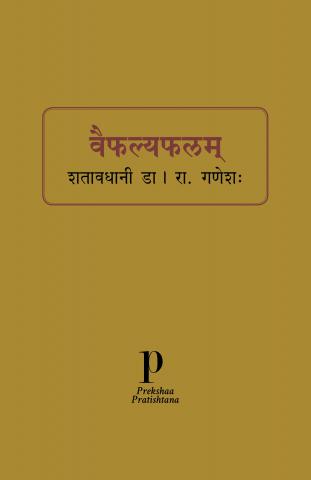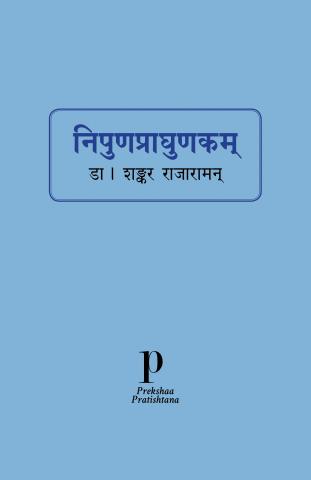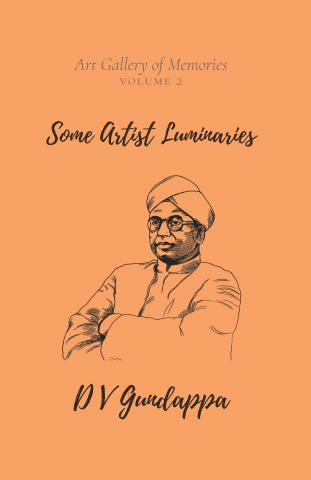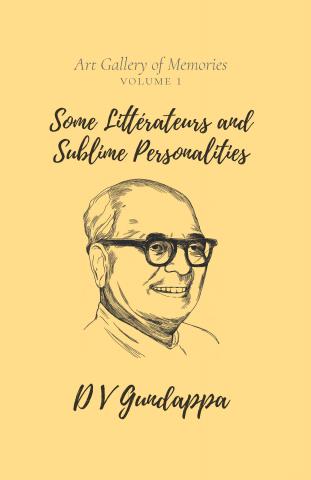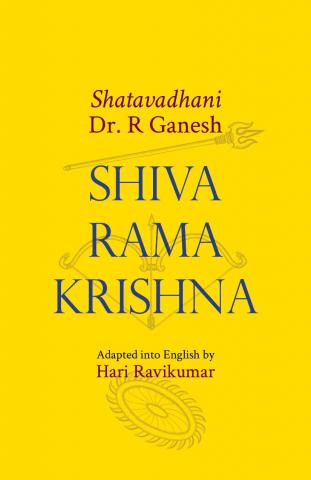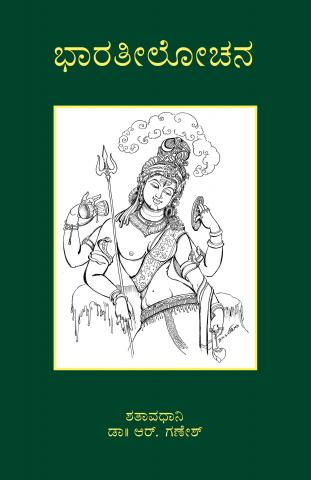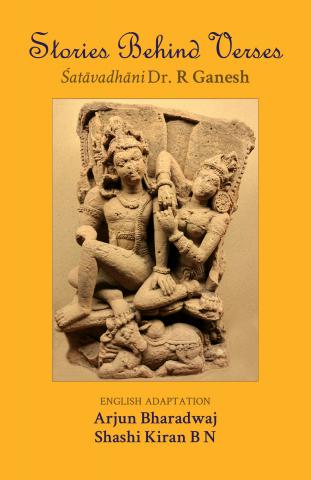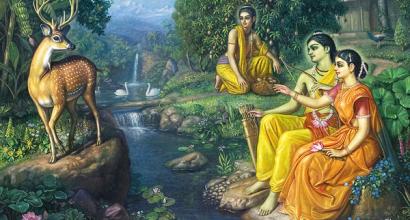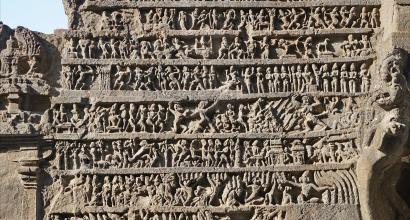One of the manuscripts of the Mālatī-mādhava states that the work was authored by Bhaṭta-kumārila’s student (prose at the end of Act 3); the colophon at the end of the sixth act in same manuscript says that Umbekācārya authored it; furthermore, the colophon at the end says Kumārila’s student Bhavabhūti penned the play. From this, it is reasonable to think that Bhavabhūti is no different from Kumārila’s student Umbekācārya. However, we must reflect upon the amount of importance we must associate with these colophons. None of the other manuscripts say anything similar to this. Bhavabhūti says that his teacher was ‘Jñāna-nidhi.’ Even if we assume that the name, which means ‘a treasure-trove of knowledge’ is an epithet and not his real name, it was not difficult for Bhavabhūti to include the name Kumārila in his works.[1] While it is an established fact that Kumārila and Bhavabhūti were contemporaries, we do not have enough evidence to establish that the latter was the student of the former.
Rājaśekhara (circa 900 CE) considers himself an avatāra of Vālmīki just like Bhavabhūti.[2] The literary aesthetician Vāmana, who lived in about 800 CE, quotes from the Mahāvīracarita (1.54). The Rājataraṅgiṇī notes that Bhavabhūti and Vākpatirāja were patronised by Yaśovarmā.[3] From historical sources, we can infer that Yaśovarmā lived in about 736 CE. Vākpatirāja composed his poem Gauḍavaho around the same time (799 CE) and praises Bhavabhūti in his work.[4] In his verse, the presence of the word ajjavi suggests that Bhavabhūti should have lived a little while before 736 CE. We can, therefore, say that Bhavabhūti lived in about 700 CE.
Bhavabhūti has penned two nāṭakas – Mahāvīra-carita and Uttara-rāma-carita and a prakaraṇa named Mālatī-mādhava. Among the three, the Mahāvīra-carita appears to be his first work. The following is the summary of the play –
Viśvāmitra brings Rāma and Lakṣmaṇa to his āśrama to help safeguard his yajña. King Kuśadhvaja comes there with Sītā and Urmilā to participate in the yajña. An aged rākṣasa by the name of Sarvamāya, the purohita of Rāvaṇa, comes there to ask Sītā’s hand in marriage to his king. He had asked King Janaka in the past, but the latter had handed the responsibility of finding a bridegroom for Sītā to the sage Viśvāmitra and Kuśadhvaja. When approached, they, in turn, shift4d the responsibility to King Janka.
(Tāṭakā-saṃhāra, Jṛmbhakāstra-lābha, Śiva-dhanurbhaṅga)[5]. Kuśadhvaja gives Sītā and Urmilā in marriage to Rāma and Lakṣmaṇa, respectively; Viśvāmitra takes the responsibility of convincing King Janaka; he also comes up with the idea of giving the princesses Māṇḍavī and Śrutakīrti in marriage to Bharata and Śatrughna; he sends a message to this effect to Daśaratha and Vasiṣṭha.
(The killing of Subāhu).
The aged Sarvamāya witnesses all this and is helpless; with his task unaccomplished, he declares that he will report the events to Mālyavanta and leaves for Laṅkā. [Aṅka 1]
Mālyavanta was Rāvaṇa’s maternal grandfather as well as his minister. He instigates Paraśurāma, who was Rāvaṇa’s friend and a devotee of Bhagavān Śiva, to teach Rāma a lesson, for he had broken Śiva’s bow. Accordingly, an agitated and angry Paraśurāma rushes to Janaka’s antaḥpura and challenges Rāma. While Rāma is still undoing his wedding garments, Vasiṣṭha, Viśvāmitra, Śatānanda, Janaka, and Daśaratha try to cajole Paraśurāma. However, Paraśurāma would not budge, having once made up his mind. Rāma soon appears there and exits with Paraśurāma.
(Paraśurāma is defeated). [Aṅka 2-3]
As per the directions of Mālyavanta, Śūrpaṇakhā enters Mantharā's mind and delivers a letter written by Kaikeyī to Daśaratha. The letter contained two demands – the coronation of Bharata and the exile of Sītā, Rāma, and Lakṣmaṇa. Mālyavanta had planned the following – if Rāma is away in the forest which he has never seen, he can be tricked and Sītā can be abducted; she will then become Rāvaṇa’s; Rāma would eventually die of the pain of separation from Sītā; otherwise, the rākṣasas or Vālī can be instigated to kill Rāma. However, in the current context, Rāma is happy that he is able to go to the forest – a place that he desired the most. In the meantime, Paraśurāma, who was defeated by Rāma, regains balance of his mind, retreats, seeks the blessings of the elderly, and hands over his vaiṣṇava bow to Rāma. Yudhājit and Bharata also come to Ayodhyā to attend the coronation of Rāma as per their father’s desire; Daśaratha, in his excitement, desires to fulfil everyone’s wishes and asks them to express their long-cherished dreams. Rāma spontaneously requests his father to fulfil the requests of his ‘younger’ mother, i.e., Kaikeyī. Cornered by circumstances and emotions, Daśaratha agrees to this. Bharata and others wilfully follow him, but Rāma stops them all and goes ahead to the forest. [Aṅka 4]
The act opens with a conversation between Jaṭāyu and Sampāti.
(The slaying of Virādha; visit to the āśrama of sage Śarabhaṅga; stay in Pañcavaṭī; encounter with Śūrpaṇakhā; vanquishing Khara and Dūṣaṇa; abduction of Sītā; Jaṭāyu dies).
Lakṣmaṇa rescues a śabara-tāpasī by the name Śramaṇā from the rākṣasa called Kabandha; through her, Rāma and Lakṣmaṇa learn about Hanūmān and that Vibhīṣaṇa, who is now friends with Sugrīva is situated close by. A rākṣasa named Danu, who was appointed by Mālyavanta is relieved of his curse and informs Rāma about the friendship between Vālī and Rāvaṇa. Rāma hurls away the mortal remains of the rākṣasa named Dundubhi with a quirk of his toe; Vālī displays bhakti towards Rāma but is also committed to his friendship with Rāvaṇa; after a lot of thought and argument, he gets into battle. Vālī, who is mortally wounded by Rāma’s arrow, makes his brother Sugrīva pledge friendship with Rāma with Agni as the witness. [Aṅka 5]
To be continued ...
The current series of articles is an enlarged adaption of Prof. A. R. Krishnasastri's Kannada treatise Saṃskṛta-nāṭaka. They are presented along with additional information and footnotes by Arjun Bharadwaj.
[1] Dinesh Chandra Bhattacharya has written an article in the Indian Historical Quarterly (June, 1931) on this matter. There, a person named Bhavabhūti Sureśa is mentioned; the name of the author of the plays under discussion here is Bhavabhūti-Śrīkaṇṭha; the two cannot be one. PV Kane opines that Umbekācārya and Bhavabhūti are one and the same (J.B.B.R.A, 1928 pp. 289-93). Dr. Belvalkar thinks that Bhavabhūti was not a popular name in the ancient past, and thus there have been quite a few distortions in his name and identity (Preface, page 63),
Na. Sri. Raja Purohita, in his article in Prācīna Karnāṭaka (October 1932) has conclusively established that Bhavabhūti and Sureśvarācārya are not connected with each other.
[2] Bālarāmāyaṇa (1.16)
[3] कविवाक्पतिराज श्रीभवभूत्यादिसेवितः ।
जितो ययौ यशोवर्मा तदगुण-स्तुति-वन्दिताम् ॥
[4] भवभूइ जलहिणिग्गद कब्बामय रसकणा इव फुरन्ति।
जस्स विसेसा अज्जवि वियडेसु कहाणिवेसेसु॥
[5] () The events indicated within the braces are not shown on the stage; but they are reported to have taken place behind the screen. In the current case, the killing of the rākṣasī Tāṭakā, Viśvāmitra blessing Rāma with the jṛmbhakāstra, and Rāma effortlessly snapping Śiva’s bow take place behind the screen.

